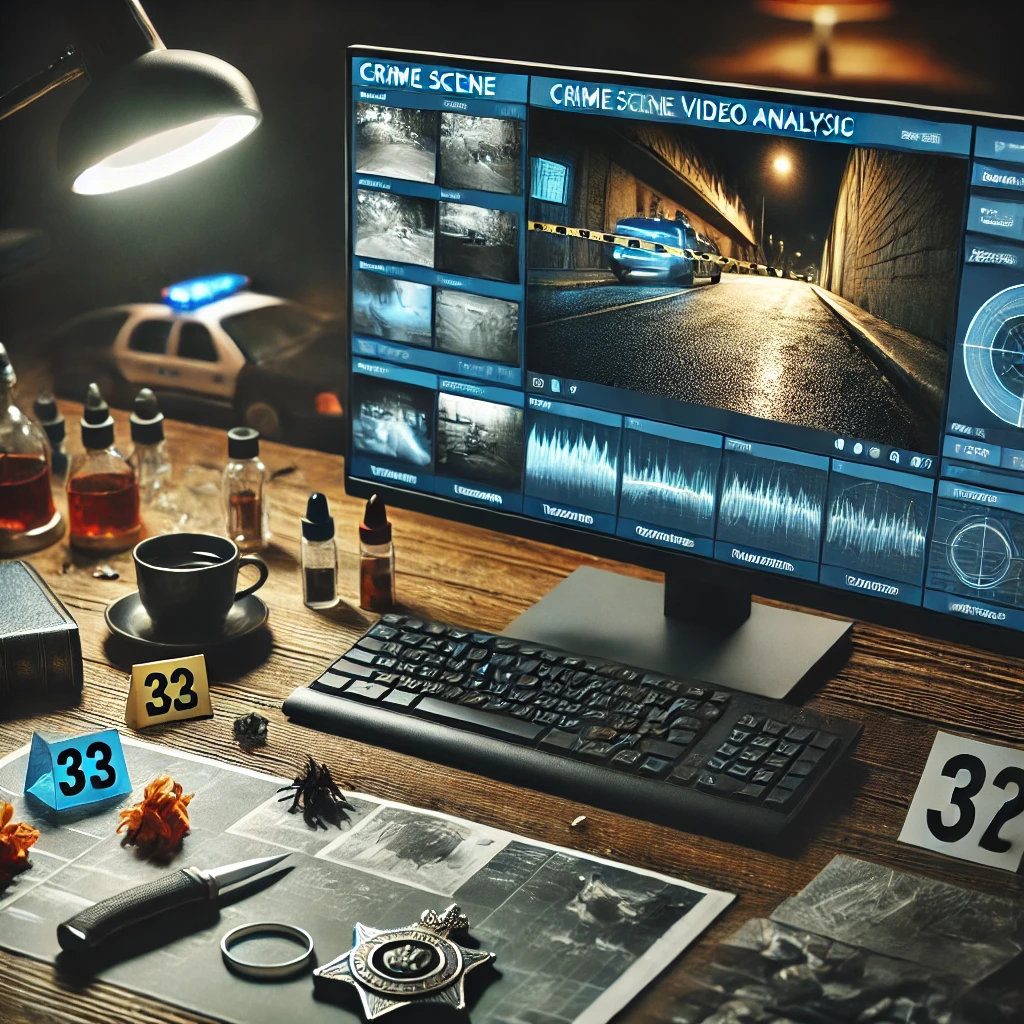Crime Scene Video Analysis: Unveiling the Truth Through Technology

In today’s investigative landscape, video evidence plays a crucial role in solving crimes and delivering justice. Crime scene video analysis and video forensic analysis are indispensable tools for law enforcement, legal professionals, and forensic experts. By leveraging advanced technologies, these methods provide critical insights into criminal activities, offering a detailed, unbiased view of events as they unfold.
Understanding how these techniques work and their applications is key to appreciating their value in modern investigations.
What Is Crime Scene Video Analysis?
Crime scene video analysis refers to the process of examining video footage from crime scenes to uncover evidence or clarify details surrounding an incident. This can include surveillance videos, dashcams, body cameras, or mobile phone recordings.
Key aspects of crime scene video analysis include:
-
Enhancement of Video Quality: Improving clarity, brightness, and resolution to reveal hidden details.
-
Frame-by-Frame Examination: Analyzing footage frame by frame to detect subtle actions or objects.
-
Timestamp Verification: Ensuring the accuracy of timestamps to establish timelines.
The Role of Video Forensic Analysis
Video forensic analysis goes beyond basic examination by applying scientific principles to authenticate, enhance, and interpret video evidence. This method is critical for ensuring that evidence presented in court is reliable and admissible.
Common Techniques in Video Forensic Analysis
-
Video Authentication: Detecting tampering, verifying source integrity, and confirming authenticity.
-
Motion Tracking: Following movements within the footage to identify suspects or reconstruct events.
-
Object Recognition: Identifying specific items such as weapons, vehicles, or clothing.
-
Audio Analysis: Enhancing and interpreting sound elements accompanying the video.
Applications of Video Forensic Analysis
-
Criminal Investigations: Identifying suspects, corroborating witness statements, or challenging alibis.
-
Accident Reconstruction: Analyzing video footage to determine the sequence of events in traffic or workplace accidents.
-
Legal Proceedings: Strengthening evidence presented in trials.
Benefits of Crime Scene Video Analysis
The use of crime scene video analysis has transformed the way investigations are conducted. Some notable benefits include:
-
Increased Accuracy: Video evidence provides a factual account, reducing reliance on potentially biased eyewitness testimony.
-
Time Efficiency: Advanced tools quickly process hours of footage, identifying critical moments.
-
Enhanced Objectivity: Forensic analysis ensures that evidence is impartial and scientifically validated.
Challenges in Video Forensic Analysis
Despite its advantages, video forensic analysis is not without challenges:
-
Poor Video Quality: Low-resolution footage can hinder analysis.
-
Tampering Risks: Detecting manipulation is essential for maintaining integrity.
-
Data Overload: Large volumes of video data require sophisticated tools for effective management.
Conclusion
Crime scene video analysis and video forensic analysis are revolutionary tools in modern investigations. By employing cutting-edge technologies, they help uncover the truth and ensure that justice is served. As these methods continue to evolve, they promise to enhance the accuracy and efficiency of criminal investigations further.
- Industry
- Art
- Causes
- Crafts
- Dance
- Drinks
- Film
- Fitness
- Food
- Games
- Gardening
- Health
- Home
- Literature
- Music
- Networking
- Other
- Party
- Religion
- Shopping
- Sports
- Theater
- Wellness
- News


